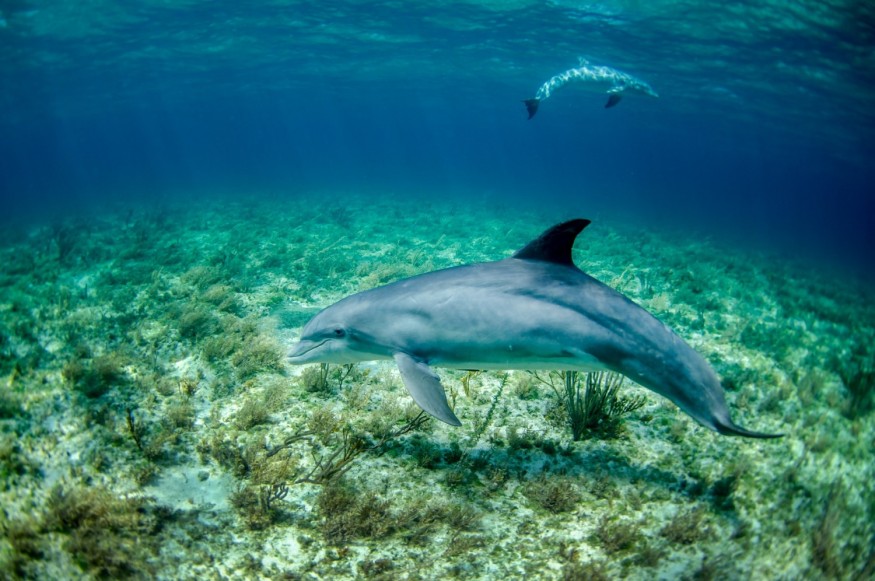Scientists are perplexed by a mysterious "blob-like monster." Scientists are baffled by a bizarre, blue, alien-looking ooze monster that has been seen on the Caribbean ocean floor.
Finding the Blue Goo

Researchers from the National Oceanic and Atmospheric Administration (NOAA) Ocean Exploration couldn't identify the object seen on camera on August 30 in the waters off St. Croix in Puerto Rico at a depth of around 1,400 feet.
In the video, one of the researchers can be heard remarking, "It's possible that it [is a soft coral]." "We're not sure yet,"
Recent Deep-Sea Missions
The strange blob was found during the Voyage to the Ridge 2022 mission, a NOAA Ocean Exploration voyage that was designed to gather a variety of data, including acoustic seabed data and geomorphology of the seafloor and below.
The data are intended to help NOAA better understand the geology of the Atlantic Ocean and how human activities influence deep-sea animal populations.
Other theories included the blue goo being a tunicate or maybe a sponge, in addition to soft coral. In the video, a scientist observed, "It's not exactly gooish, but doesn't appear particularly not gooish."
Ocean Diversity At Risk

The Caribbean Sea, where the enigmatic blue blob was discovered, has the highest amount of biodiversity of any region in the Atlantic and is teaming with life, including both huge vertebrates like sharks and rays and invertebrates like sponges and corals.
However, a study from the Organization of Eastern Caribbean States claims this biodiversity is in danger, mostly because of local human activity.
Due to fishing pressure, pelagic finfish, reef fishes, crustaceans, and mollusk populations suffer from overfishing since they are not sustainably exploited. These animals frequently have destroyed populations because they develop too slowly and produce insufficient offspring to replenish themselves at the same pace they caught.
Many bottom-dwelling species are also being prevented from thriving due to the destruction of marine habitats. Trawling disturbs the seafloor and re-suspended sediments; coastal development causes erosion and sedimentation, reducing water transparency and stressing corals and marine plants.
Pollution from sources such as sewage, oil, pesticides, marine debris, and harmful compounds entering the seas can cause algae to grow out of control and reduce the amount of oxygen in the water.
Increased sea levels and warmer water temperatures that cause coral bleaching will only worsen these difficulties due to encroaching climate change.
According to NOAA, the North Atlantic, which includes the Caribbean Sea, is crucial for various human requirements, including food security, risk protection, trade, tourism, and recreation.
Intensive Research
The blue substance has not yet been positively identified as of yet.
One of the researchers said, "The mystery will persist until a sample can be obtained or until we can submit some of these extremely high-quality photographs to some coral specialist and see whether they may truly be some form of coral."
Related Article : Casper the Friendly Ghostly Octopus Found in the Depths
For more news from the animal kingdom, don't forget to follow Nature World News!
© 2025 NatureWorldNews.com All rights reserved. Do not reproduce without permission.





